For creators chasing character-rich images, the Meyer-Optik Görlitz Oreston 1.8/50 is a small, all-metal classic that delivers painterly bokeh and mood in a compact M42 package. Here’s how to adapt it, where it shines, and what to check before buying second-hand.

Why the Meyer-Optik Görlitz Oreston 1.8/50 still matters
The Oreston 1.8/50 is a classic East German prime that built its reputation on expressive rendering rather than clinical perfection. Its signature? Swirly, almost painterly bokeh that turns ordinary backgrounds into story‑rich textures. On modern mirrorless bodies, it’s an easy path to a distinctive look—especially for portraits, atmospheric b‑roll, and fine‑art experiments.
Because it uses the universal M42 mount, adapting the Meyer-Optik Oreston is straightforward and affordable. For many creators, that makes it a practical entry point into vintage character without overhauling their setup. If you love the look of old Meyer-Optik and Pentacon glass from the Praktica era of 35mm SLRs, this lens delivers that heritage in a compact, creative package.
The first time I saw the Oreston’s swirl in my viewfinder, I was in a small park at golden hour. A friend stood in front of sunlit foliage, and when I cracked the aperture to f/1.8 the background began to curl—gentle arcs pulling the eye right to the subject. It nudged me toward slower, more deliberate portrait sessions with backlight and texture.

At a glance: key specs and handling
Key specs
On full-frame, the Meyer-Optik Görlitz Oreston 1.8/50 is a standard 50mm; on APS‑C it behaves like a short telephoto around 75mm. It opens to f/1.8 and typically features a 6‑blade diaphragm, though earlier copies came with 10 blades for smoother stopped‑down highlights. The minimum focus distance is around 0.33 m (great for intimate framing), and the all-metal construction feels compact and solid in hand.
In the hand
Expect full manual focus and aperture control via the M42 mount. Many copies are decades old, so some will have stiff focus rings from aged grease—usually resolved by a professional CLA. When healthy, the focus throw is pleasingly long for precise placement, and the aperture ring clicks with classic, tactile feedback.


Rendering character: where this lens shines
Swirl, glow, and gentle edges
Wide open, the Oreston’s background blur can take on a swirly, atmospheric quality—especially with textured, high‑contrast backgrounds like foliage or city lights. The edges soften at f/1.8, then sharpen nicely by f/2.8–f/4, giving you a flexible palette from dreamy to crisp. The lens can flare with backlight, lowering contrast in a way that feels cinematic and analog; a hood can tame it, or you can lean into the glow for mood.
Stopped-down clarity
If you need more uniform sharpness, stop down. Many creators enjoy shooting a set both wide open and at f/4 to compare: the same scene gains micro‑contrast and edge definition while keeping the Oreston’s signature color and tonal character.

Modern use cases and creative applications
Portraits with presence
Set the Oreston to f/1.8 for low‑light portraits that isolate your subject with characterful backgrounds. On APS‑C, the ~75mm equivalent adds flattering compression, ideal for head‑and‑shoulders framing.
Video and hybrid work
For moody b‑roll, let backlight play across the glass to reveal flare patterns and gentle contrast roll‑off. The manual focus throw encourages deliberate racks and tactile control—great for creators who prefer a hands-on, cinematic feel.
Street, fine‑art, and conceptual
Embrace the “imperfections.” The Oreston rewards scenes with texture, reflections, and layered light where swirl and glow can elevate the narrative.
Close-up experiments
Pair the lens with macro rings or a helicoid adapter to get dreamy close‑focus shots. The bokeh becomes creamy and abstract, particularly with small, bright highlights behind your subject.
Adaptation and setups that work
The Oreston 1.8/50 is an M42 mount vintage lens, so simple mechanical adapters make it play nicely with most modern mirrorless mounts. A focal reducer on APS‑C or Micro Four Thirds can help approximate full‑frame field of view and add a touch of extra light. For close‑focus, macro rings or a helicoid adapter give you more working distance and control over magnification.
Ready to build your kit? Explore our Second-hand camera lenses and Vintage camera lenses, or Shop lenses for M42 adapters to get started.

Real-world examples to try first
- Handheld, wide‑open portraits with foliage in the background to encourage swirl.
- Moody video b‑roll at golden hour with gentle backlight to reveal flare and glow.
- On APS‑C, short‑telephoto portraits for tighter framing and creamy blur.
- Side‑by‑side tests: f/1.8 for atmosphere, then f/4 for cleaner edges and higher contrast.

Second-hand buying guide: how to pick a great Oreston
Most age‑related issues are easy to spot with a quick inspection. Earlier 10‑blade versions can yield smoother bokeh when stopped down, though all copies share the core Oreston look. Ask for sample images—wide open and stopped down—to confirm swirl, contrast, and edge behavior.
- Turn the focus ring end-to-end; ensure smooth travel (no binding).
- Stop down the aperture; blades should snap cleanly and be oil-free.
- Shine a light through the elements; check for haze, fungus, or separation.
- Inspect coatings for scratches; minor cleaning marks are common but note severity.
- Examine M42 threads; avoid cross-threaded or damaged mounts.
- Ask about CLA (cleaned, lubricated, adjusted) service history.
- Request recent sample photos to assess contrast and bokeh swirl.
- If available, consider earlier 10-blade copies for smoother out-of-focus rendering.
Never force a stiff focus ring. If you encounter resistance, plan for a professional CLA to protect the helicoid and aperture mechanisms.
Care and maintenance for longevity
Store your Oreston in a dry place with silica gel to prevent haze or fungus. Work the focus through its range occasionally to keep grease distributed. Use front and rear caps and consider a protective filter for the front element. If the focus feels stiff or the blades look oily, a professional CLA is the safest route to restore smooth operation.
Is this lens right for you?
The Meyer-Optik Görlitz Oreston 1.8/50 suits creators who value character over convenience. It rewards patient manual focusing and deliberate composition, delivering a signature look at an accessible second‑hand price point. If you want images that feel timeless and tactile rather than perfectly clinical, this vintage 50mm portrait lens belongs on your shortlist.
FAQs
Will the Oreston 1.8/50 work on my modern mirrorless camera?
Yes. Use a simple M42 adapter for your mount. On smaller sensors, a focal reducer can approximate full‑frame perspective and add light.
What’s the difference between 6‑blade and 10‑blade versions?
Earlier copies with 10 blades generally produce rounder, smoother out‑of‑focus highlights when stopped down. Both versions share the Oreston’s signature swirl and mood.
What should I check before buying second-hand?
Look for smooth focusing, snappy oil‑free aperture blades, clear elements and intact coatings, undamaged M42 threads, and—ideally—evidence of a recent CLA plus sample images.
How does it behave on APS‑C?
It functions like a short telephoto (~75mm equivalent), excellent for portraiture with pronounced background separation and characterful bokeh.
Next steps
Browse second-hand camera lenses and find your Oreston look, Ask us to source a clean Oreston 1.8/50 or notify you when one lands, Get an M42 adapter and start shooting vintage character today, or Request sample shots from in-stock copies before you buy.




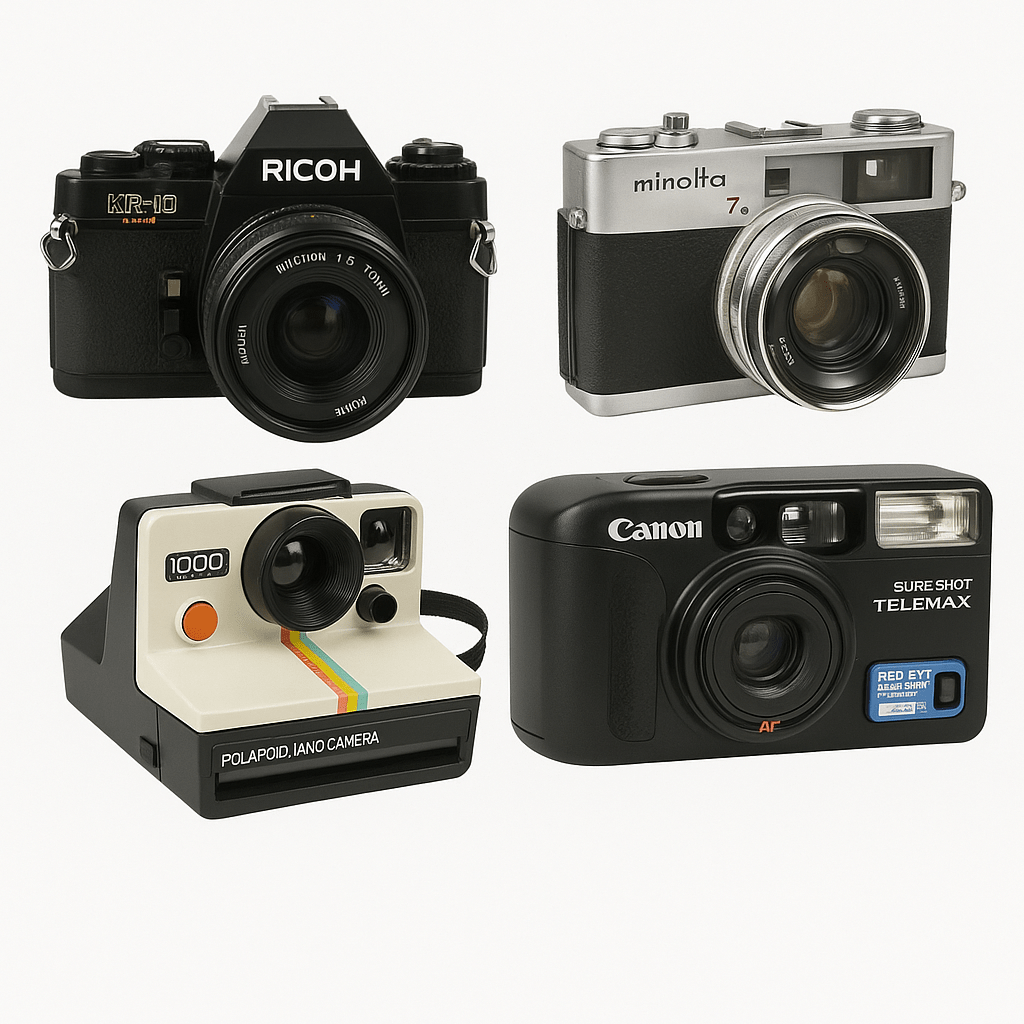
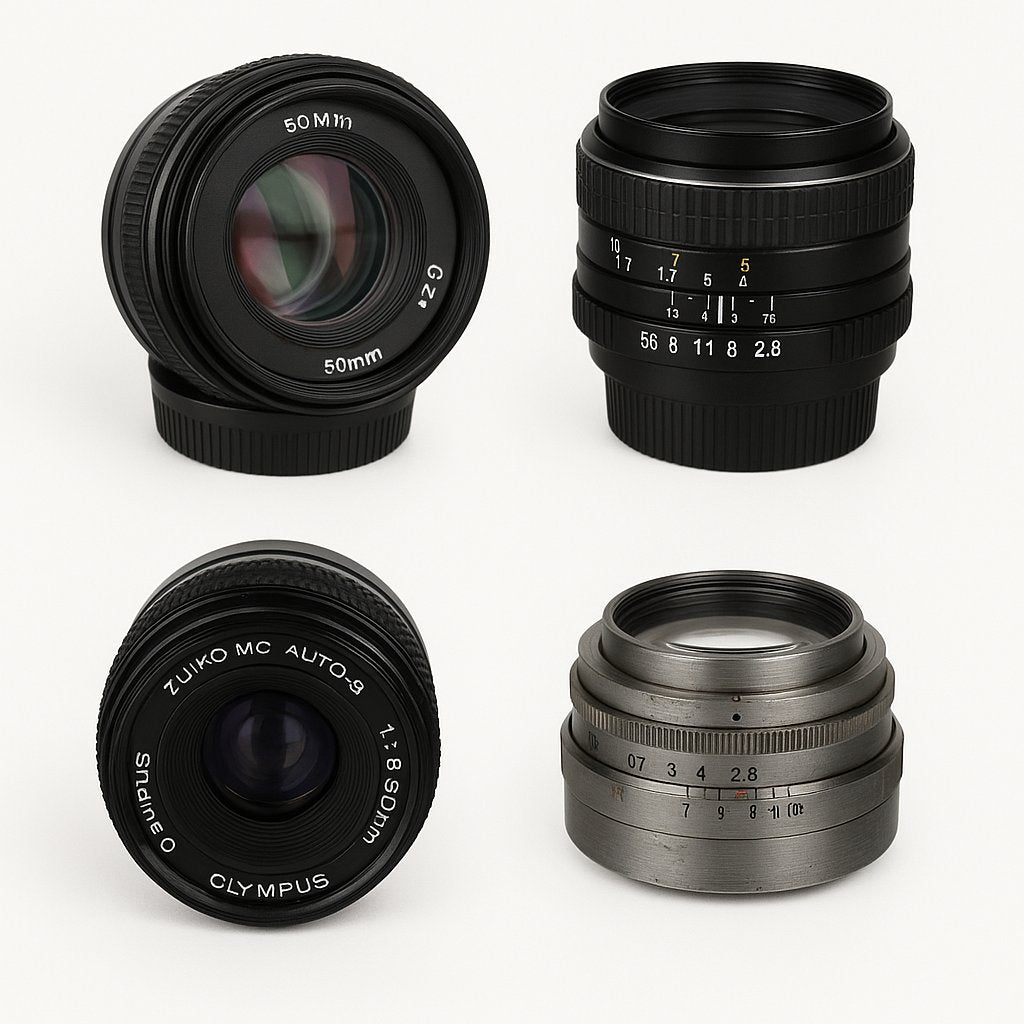
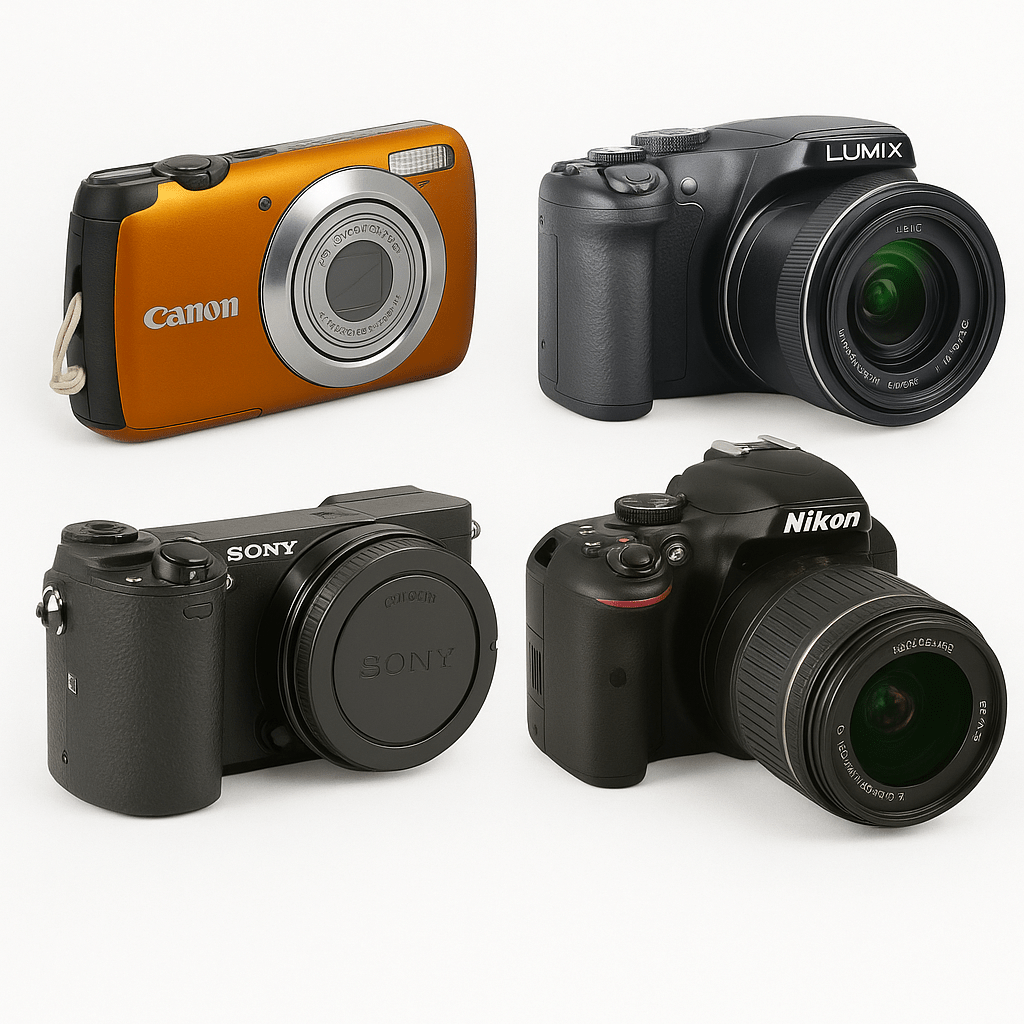
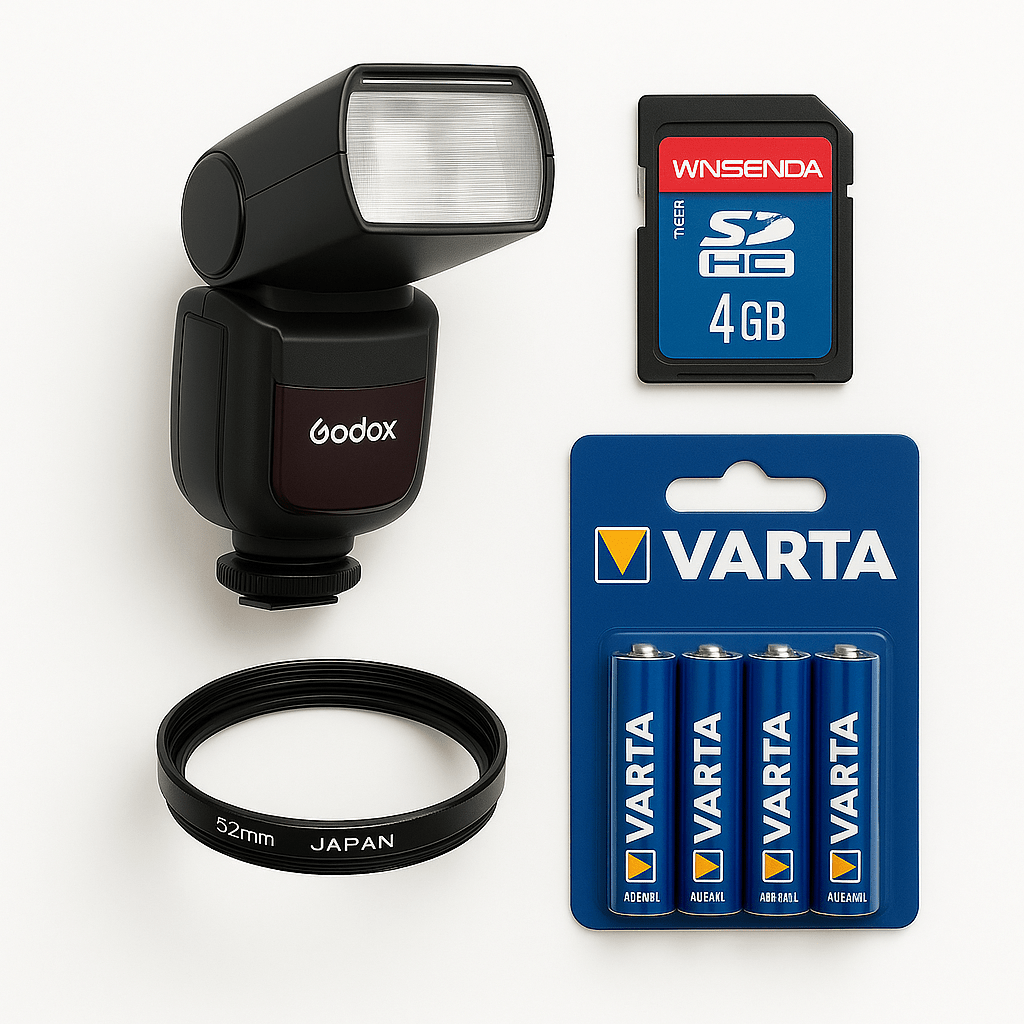

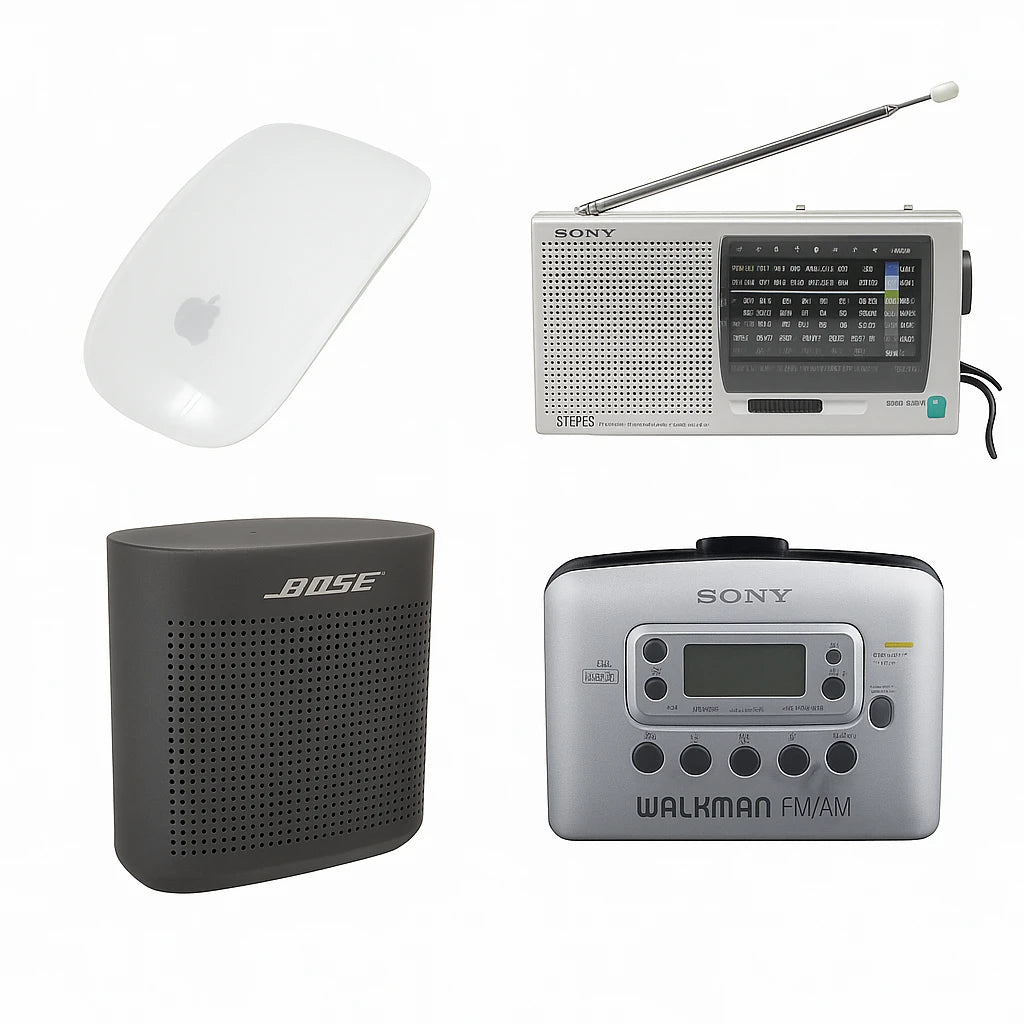
0 comments